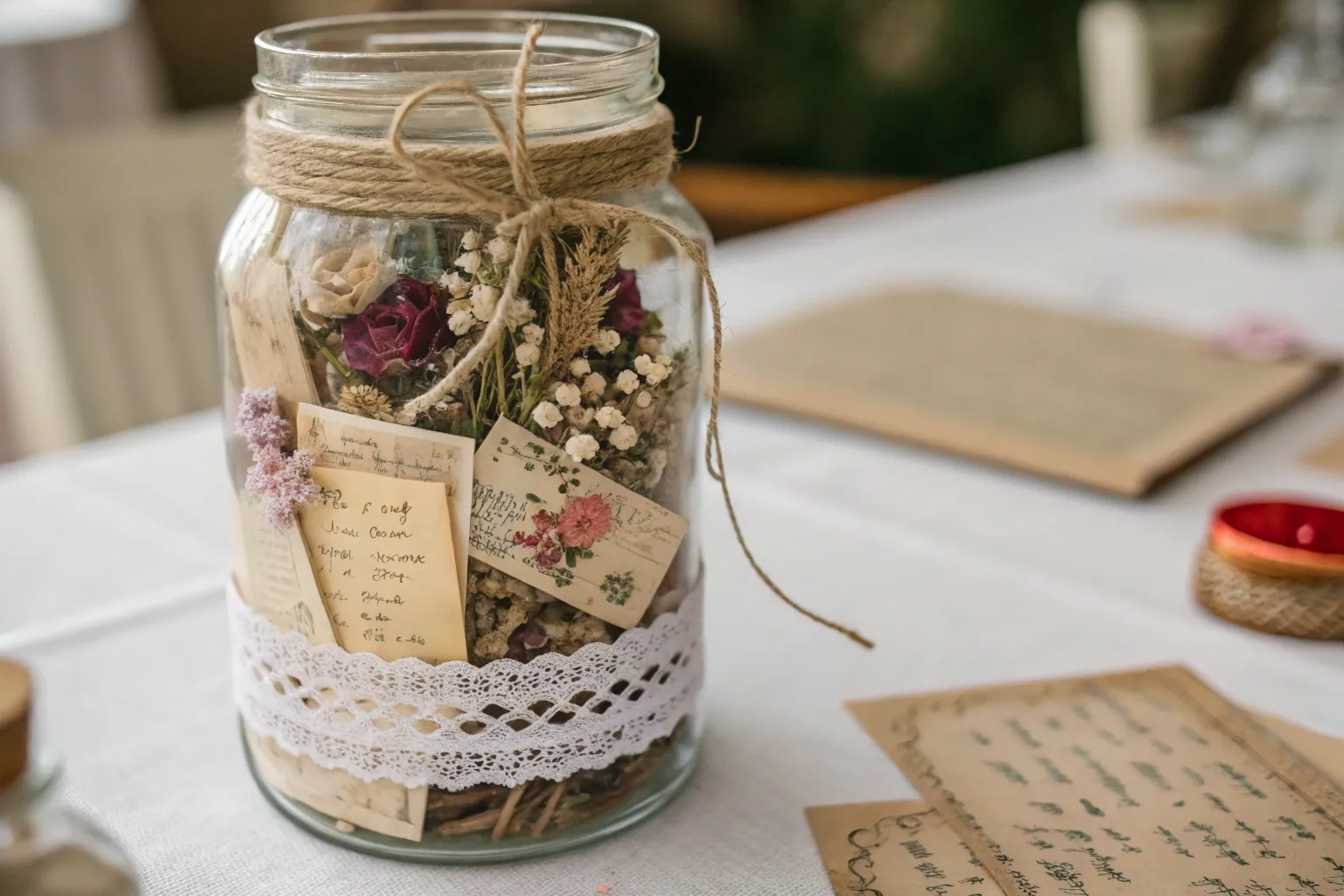The beauty of a memory jar lies in its simplicity. It is both a container and a ritual, a way to preserve fleeting joys that might otherwise vanish into the rhythm of daily life.
The Meaning Behind the Memory Jar
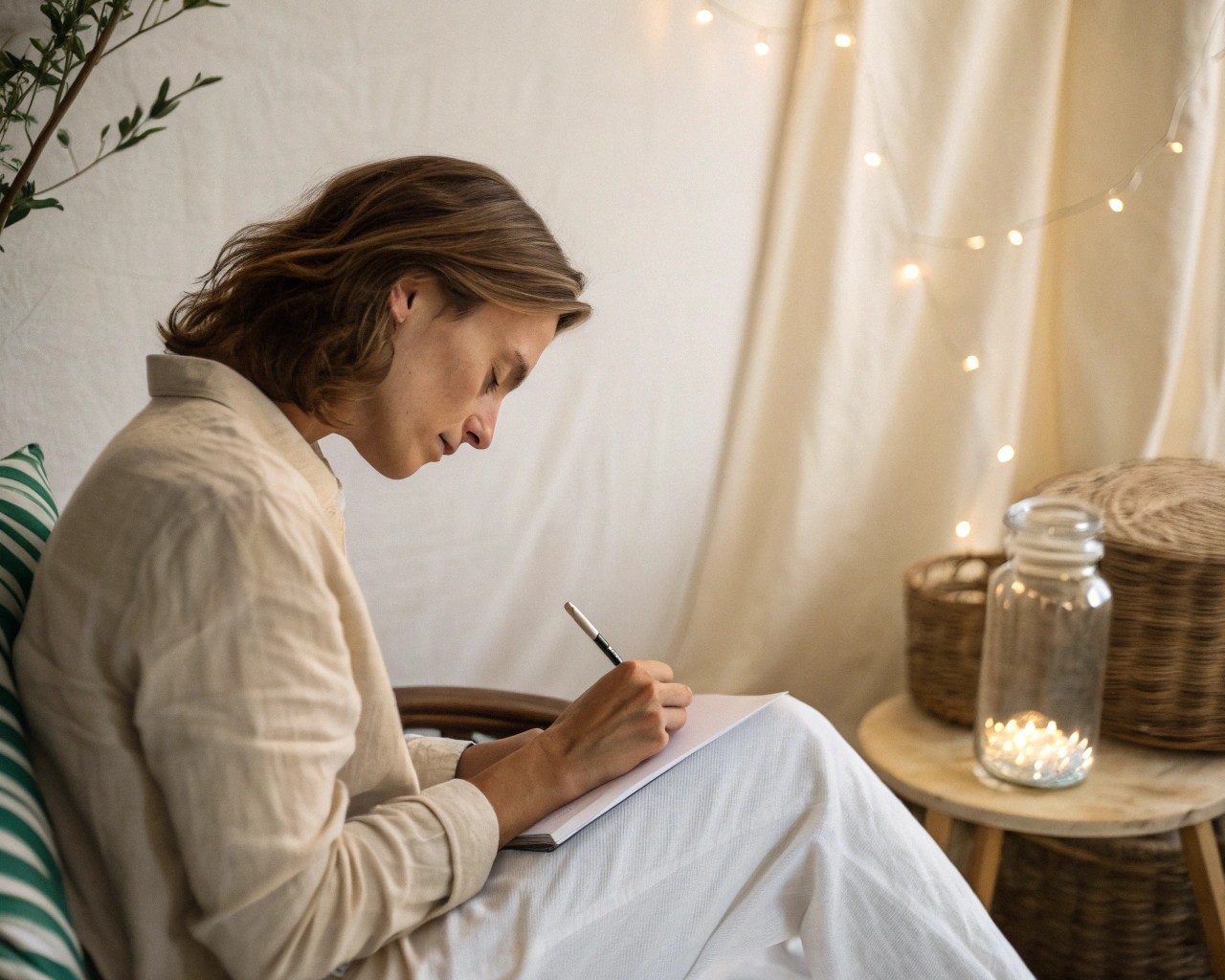
In psychology, this small ritual supports positive recall bias—rewiring the brain to notice and remember positive experiences instead of filtering them out. By writing down or collecting physical tokens of meaningful events, you anchor moments that would normally fade due to “memory decay.” Over time, your jar becomes both a time capsule and a tool for enhancing gratitude.
What’s powerful is that a memory jar isn’t just about reminiscing. It becomes a structured yet flexible practice of mindfulness, reminding you to pause, acknowledge, and honor details that matter.
Choosing the Perfect Jar
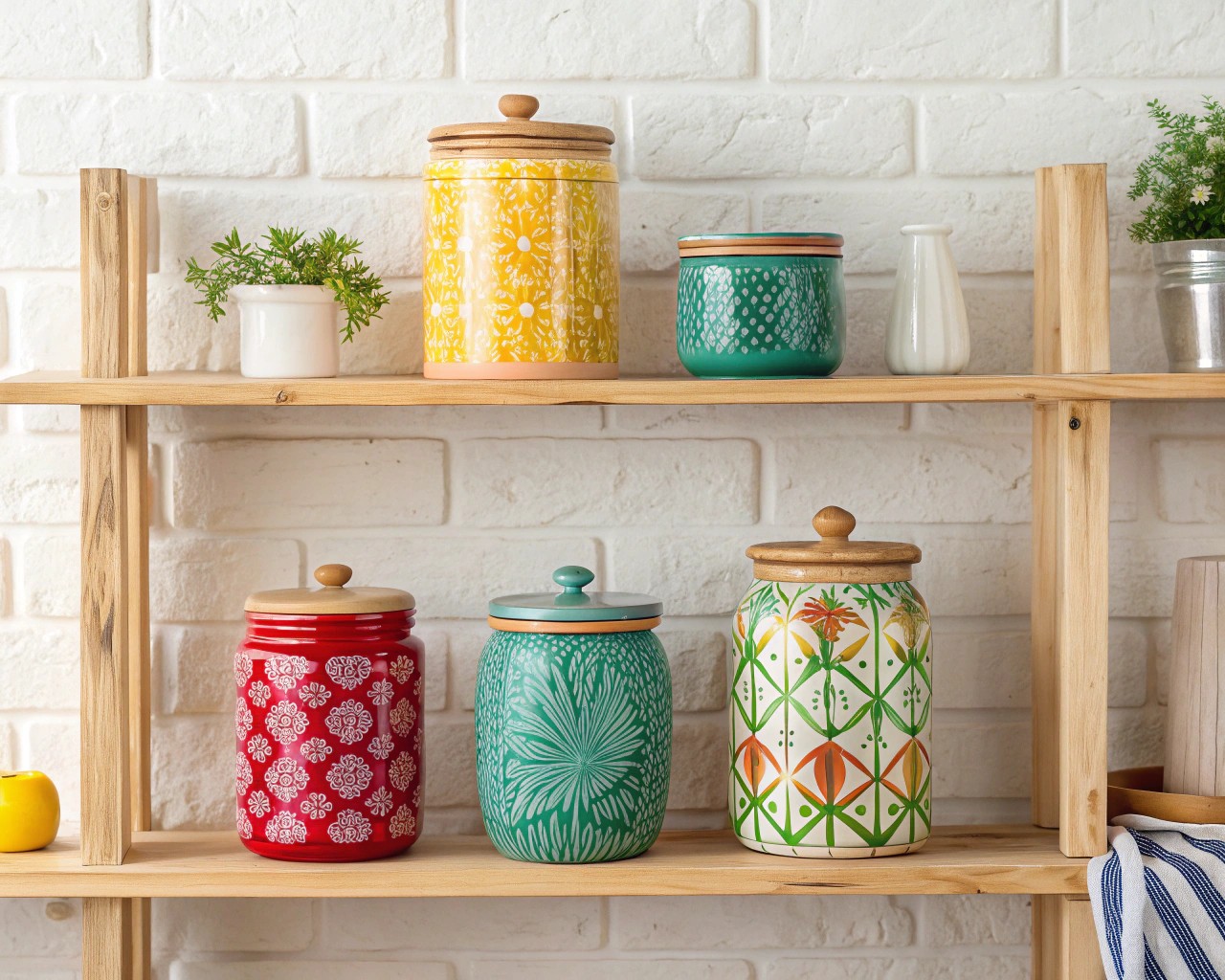
The vessel you choose will influence how often you use it. You don’t need anything elaborate, but you’ll want a jar that is visually pleasing enough to invite interaction. Consider shape, volume, and accessibility:
| Jar Type | Best For | Advantages | Considerations |
|---|---|---|---|
| Clear glass jar | Households or shared spaces | See it gradually fill; visual encouragement | Must be placed away from direct sunlight to avoid fading paper |
| Ceramic or opaque container | Private reflections | Keeps contents hidden, ideal for personal use | Less visually engaging |
| Wide-mouth jar or box | Small objects plus notes | Accommodates non-paper items like pebbles or trinkets | Bulky, requires more space |
| Series of small jars | Themed memories (seasons, travels, projects) | Easy categorization; prevents overcrowding | Multiple containers may be harder to manage |
Tip: If you expect to include items beyond paper—such as dried flowers or concert tickets—choose a container with a wider opening.
What to Collect in Your Jar
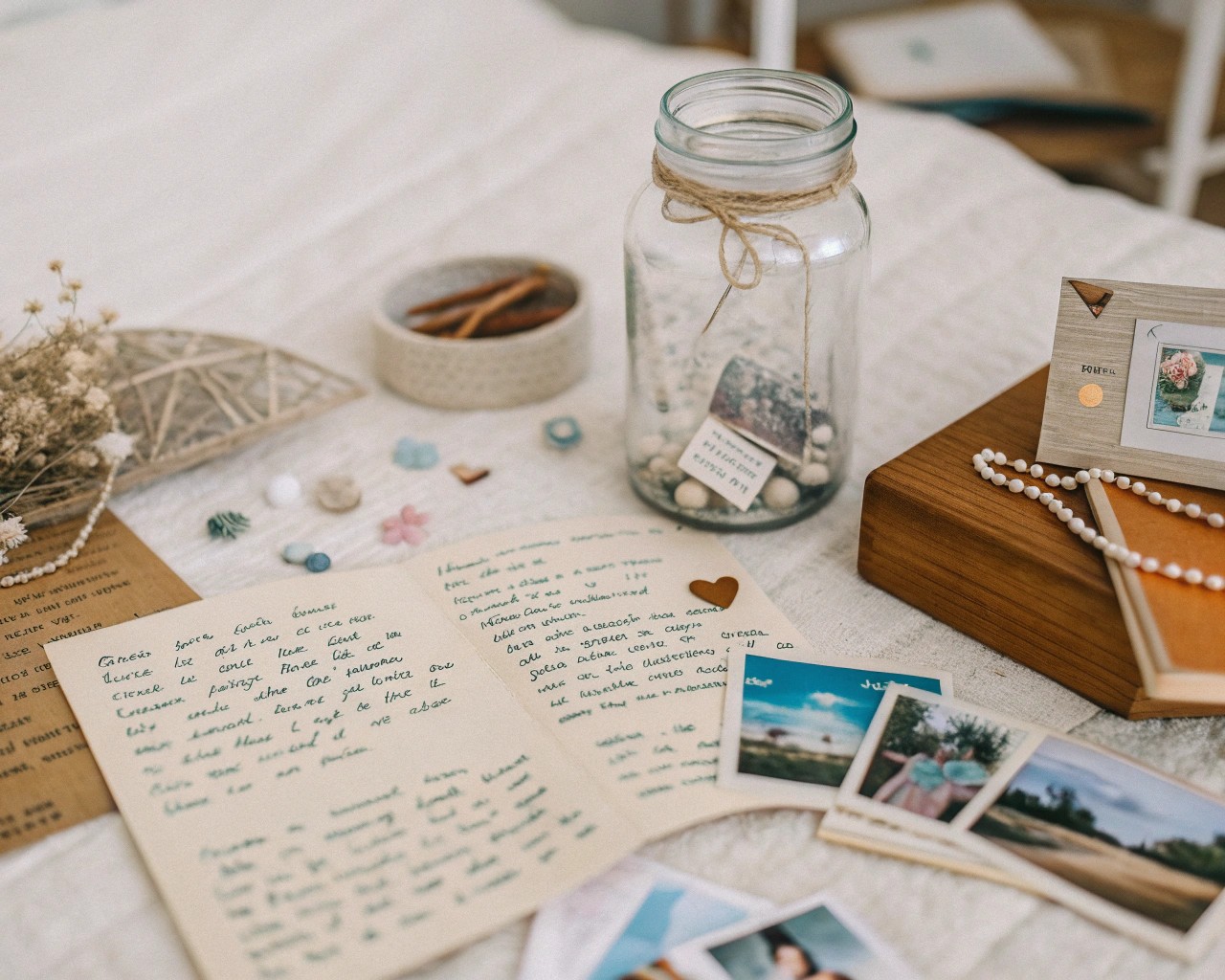
A memory jar isn’t limited to written entries. The goal is to collect sensory anchors—objects that trigger a vivid recollection when revisited.
- Written notes: Simple sentences like “laughed until I cried at dinner” or “first sight of cherry blossoms this year.”
- Small souvenirs: Pebbles, seashells, or a piece of string from a package received at the perfect moment.
- Paper fragments: Wrapping paper, a theater ticket, or a doodle left on your desk.
- Natural textures: Dried leaves, pressed flowers, or even a feather—small tokens of outdoor moments.
- Words of encouragement: A positive phrase written to your future self.
The guiding question: Would this spark a smile or memory six months from now? If yes, it earns a place.
Step-by-Step: Starting Your Memory Jar
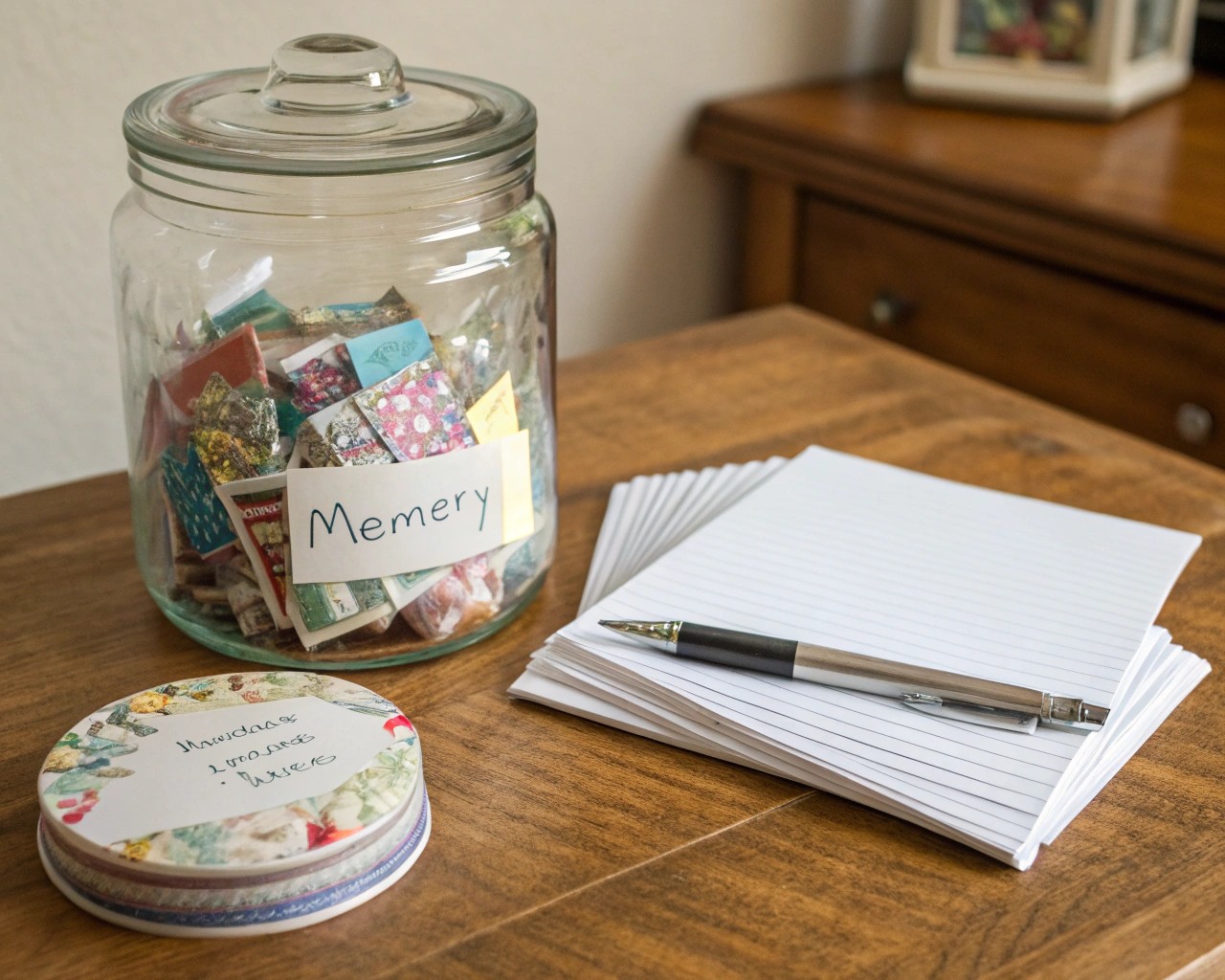
Step 1 – Select the space
Pick a visible spot such as a sideboard, mantel, or kitchen counter. Daily accessibility increases consistency.
Step 2 – Prepare your tools
Cut small slips of paper in advance. Keep a pen and slips in a small dish or envelope beside the jar. This eliminates barriers when inspiration strikes.
Step 3 – Start small
In the beginning, aim for one entry every week. As you build the habit, you may naturally shift to daily notes. This gradual approach reduces pressure.
Step 4 – Capture the essence
Avoid long explanations. A note like “child’s laughter in the carpool line” is as powerful as a full paragraph. The brevity preserves ease while holding emotion.
Step 5 – Expand with objects
Mix in ticket stubs, pressed flowers, or even a favorite tea wrapper that recalls a specific conversation. This diversity enriches the experience of unpacking later.
Step 6 – Design your return ritual
Choose when you’ll open the jar—perhaps New Year’s Eve, Thanksgiving, or even a birthday. Mark it in a calendar. This creates anticipation and turns reflection into an annual tradition.
Creative Variations
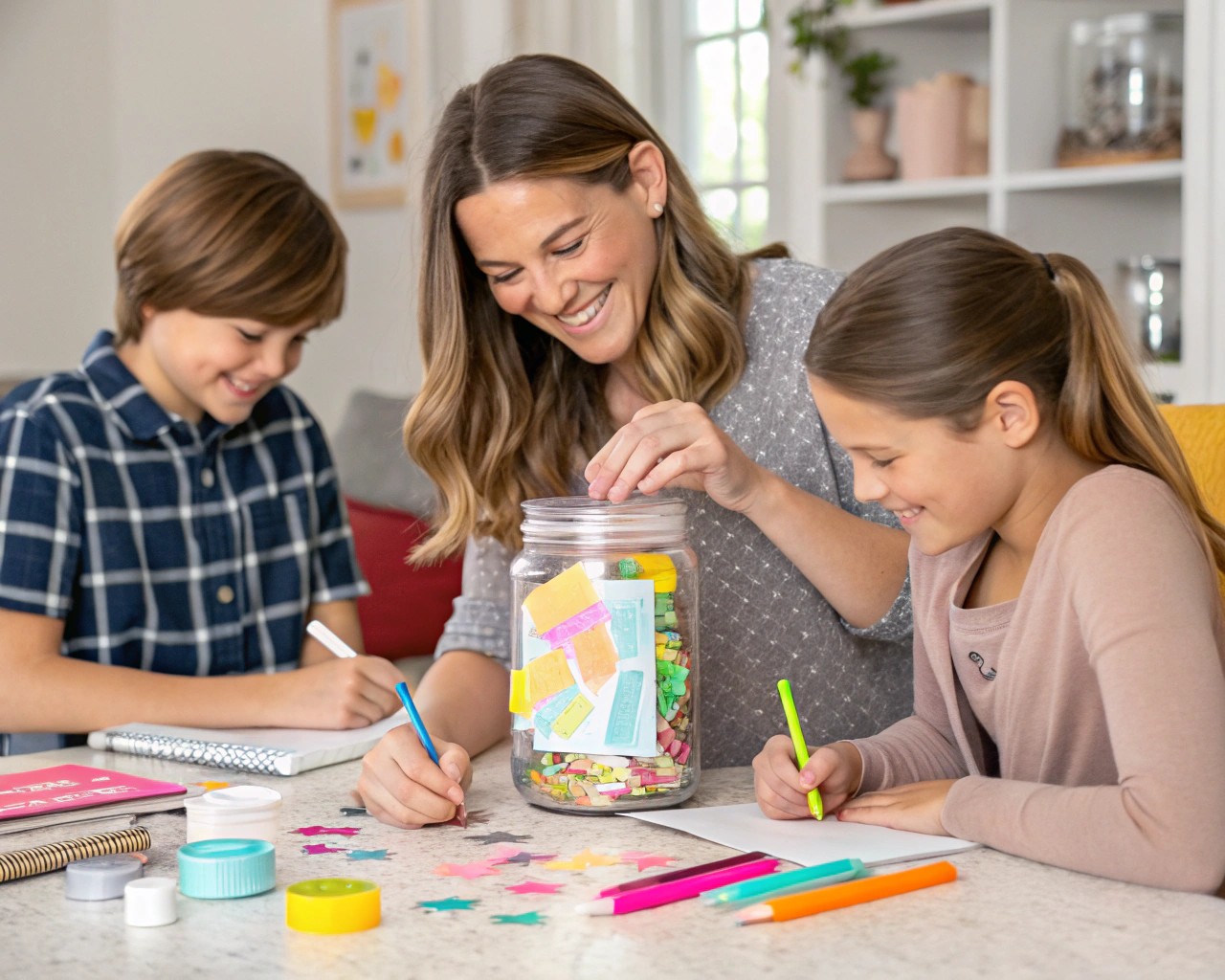
Sometimes a single jar isn’t enough. Adapt the concept to suit your lifestyle:
-
The Family Memory Jar
Assign each person a color-coded slip of paper. Over time, you accumulate a family story woven from perspectives both young and old. -
Seasonal Jars
Use four smaller jars, one for each season. This method captures the rhythm of the year with distinct snapshots—spring blossoms, summer trips, autumn walks, winter holidays. -
Theme-Specific Jars
- Gratitude Jar: Focus only on thankful reflections, reinforcing emotional resilience.
- Goal-Progress Jar: Collect notes of achievements, no matter how small, to encourage motivation.
-
Travel Memory Jar: Include maps cutouts, transportation tickets, or receipts from local shops.
-
Milestone Jar
Collect memories around a life stage—first year of marriage, baby’s first year, moving into a new home. Open the jar at anniversaries as a reflective celebration.
Tips for Success
- Keep it visible – Habits are strengthened by cues in your environment.
- Never overcomplicate – Simplicity ensures longevity of the practice.
- Encourage spontaneity – Allow entries any time inspiration strikes. There’s no wrong moment.
- Involve others lightly – If it’s a household jar, occasional prompts keep participation fresh.
- Archive with care – Once full, store the contents in an envelope or box labeled with the year to build a library of captured time.
A Personal Note
The first time I opened a filled jar, I didn’t find monumental milestones. Instead, I found the texture of my year—unexpected bursts of laughter, little victories, quiet kindnesses. One slip I nearly forgot writing brought back a whole day I wouldn’t have remembered otherwise. That convinced me: this is more than a craft project, it’s an anchor for memory and gratitude.
Closing Thought
A memory jar doesn’t demand perfection. It simply asks for presence. As days pass, the slips and trinkets collect into layers of lived experience—mundane yet extraordinary in their accumulation. Over time, you’ll discover the jar isn’t only about looking back. It gently trains your eyes to notice what matters in the present.

